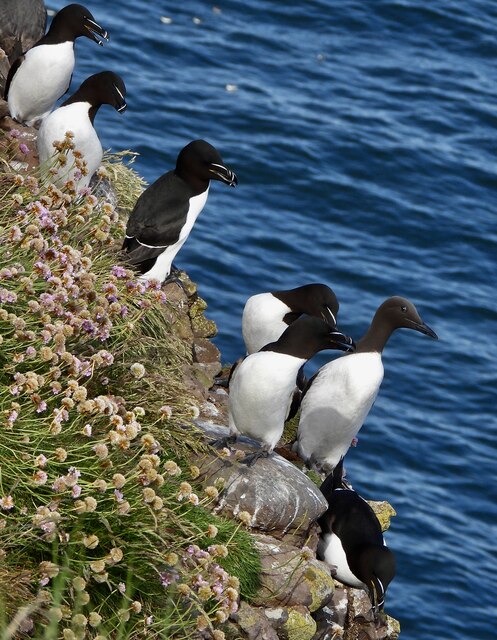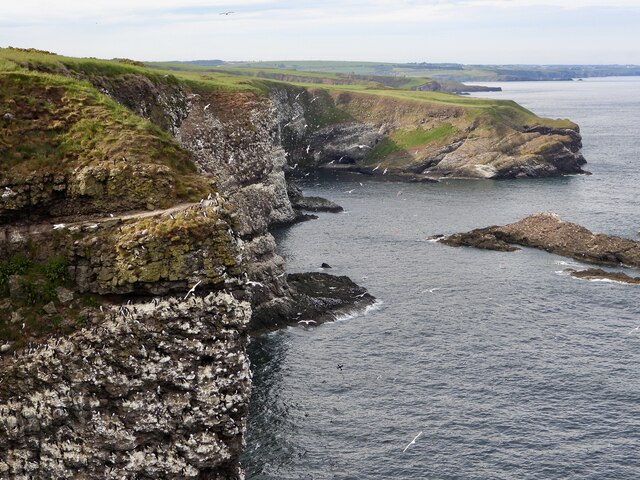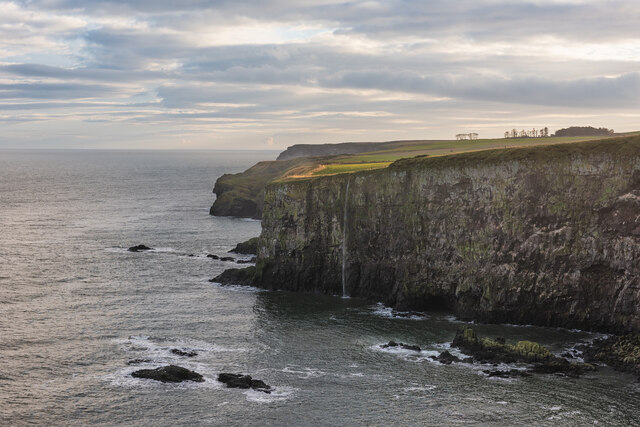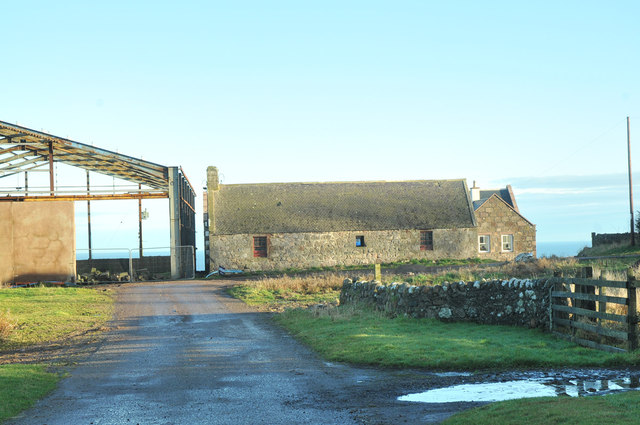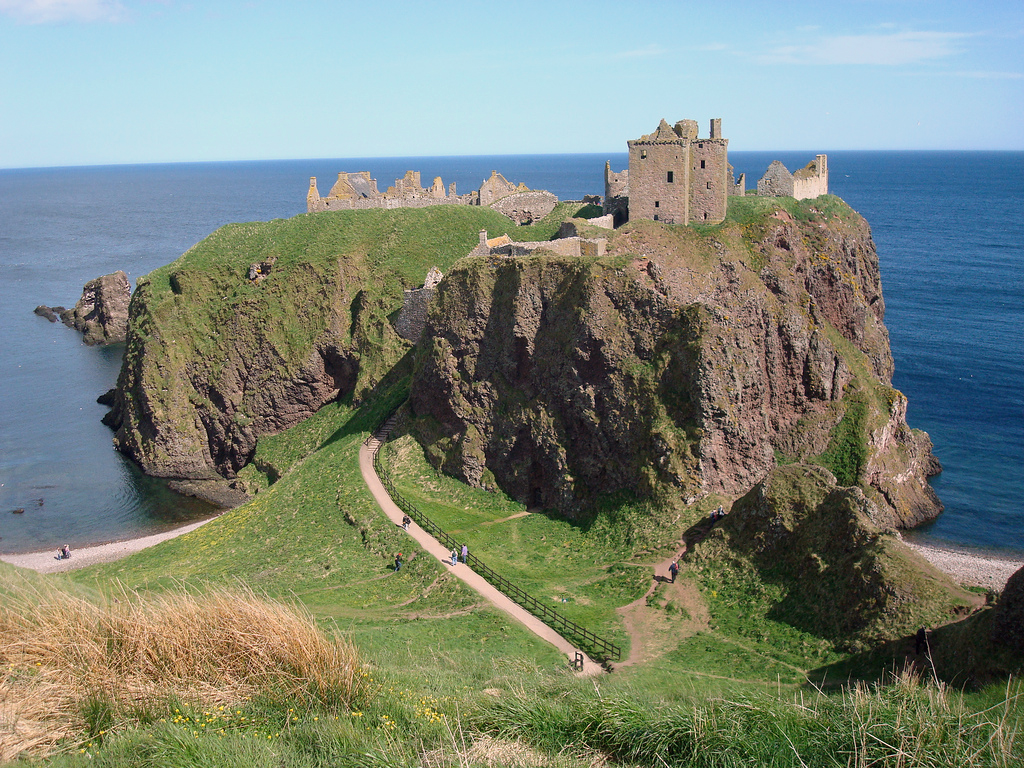Turturra
Island in Kincardineshire
Scotland
Turturra
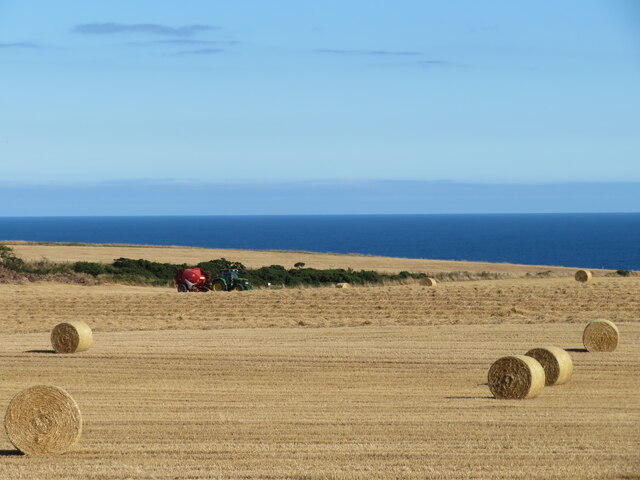
Turturra is a small island located in the county of Kincardineshire, Scotland. Situated off the east coast of Scotland, it is nestled in the North Sea and is part of the Aberdeenshire council area. The island covers a total area of approximately 4 square kilometers and has a population of around 150 residents.
Turturra is known for its stunning natural beauty, with picturesque landscapes, rugged cliffs, and sandy beaches. The island is surrounded by crystal-clear waters, making it a popular destination for water sports enthusiasts, including sailing, kayaking, and fishing. The coastal areas are also home to a diverse range of wildlife, including seals, dolphins, and various seabird species.
The island's economy primarily revolves around agriculture and fishing, with locals engaged in farming and traditional fishing practices. Turturra is famous for its locally caught seafood, which is highly sought after by both locals and visitors alike.
In terms of amenities, Turturra has a small community center that serves as a hub for social gatherings and events. The island also has a primary school, ensuring that the educational needs of the local children are met.
Access to Turturra is primarily via ferry services, which connect the island to mainland Scotland. The ferry operates on a regular schedule, providing residents and visitors with convenient transportation options.
Overall, Turturra offers a serene and tranquil environment, making it an idyllic getaway for those seeking peace and natural beauty.
If you have any feedback on the listing, please let us know in the comments section below.
Turturra Images
Images are sourced within 2km of 56.929085/-2.1976808 or Grid Reference NO8881. Thanks to Geograph Open Source API. All images are credited.


Turturra is located at Grid Ref: NO8881 (Lat: 56.929085, Lng: -2.1976808)
Unitary Authority: Aberdeenshire
Police Authority: North East
What 3 Words
///carry.imparts.pythons. Near Stonehaven, Aberdeenshire
Nearby Locations
Related Wikis
Thornyhive Bay
Thornyhive Bay is an embayment along the North Sea coast in Aberdeenshire, Scotland. This bay is situated approximately 2.5 miles south of the town of...
Craiglethy
Craiglethy (Scottish Gaelic: Creag Liathach - meaning grey rock) is a small island/skerry off Fowlsheugh on the east coast of Aberdeenshire, Scotland in...
Fowlsheugh
Fowlsheugh is a coastal nature reserve in Kincardineshire, northeast Scotland, known for its 70-metre-high (230 ft) cliff formations and habitat supporting...
Dunnottar Castle
Dunnottar Castle (Scottish Gaelic: Dùn Fhoithear, "fort on the shelving slope") is a ruined medieval fortress located upon a rocky headland on the north...
Nearby Amenities
Located within 500m of 56.929085,-2.1976808Have you been to Turturra?
Leave your review of Turturra below (or comments, questions and feedback).

